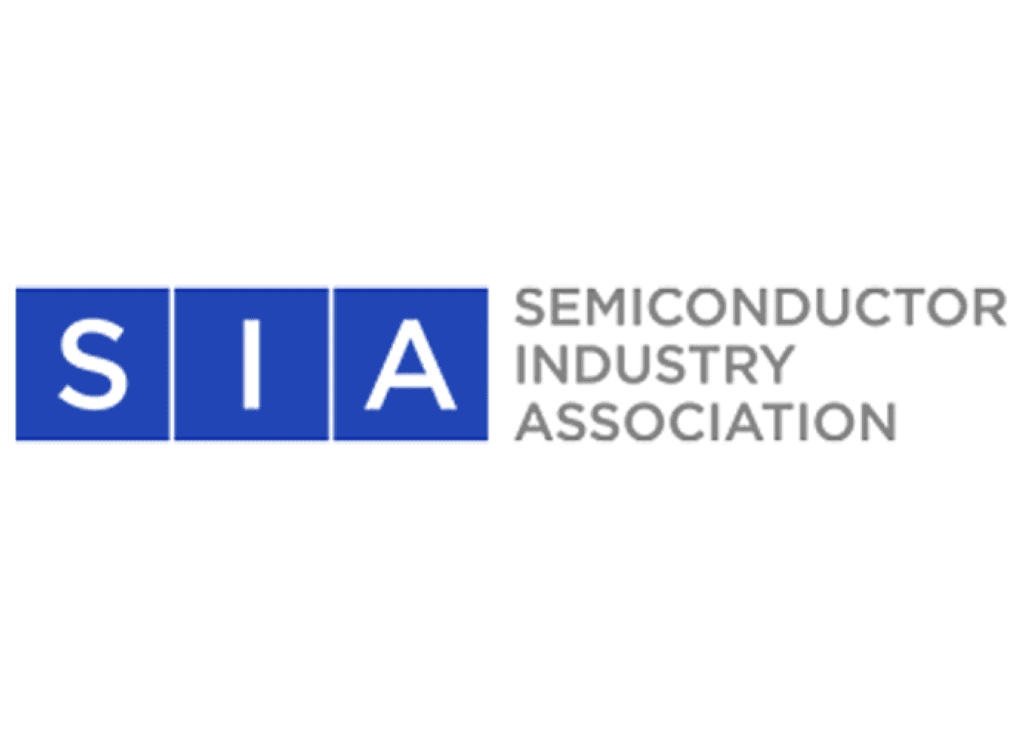 SIA/Oxford Economics study estimates semiconductor industry risks 67,000 technician, computer scientist and engineering jobs going unfilled by 2030
SIA/Oxford Economics study estimates semiconductor industry risks 67,000 technician, computer scientist and engineering jobs going unfilled by 2030
The Semiconductor Industry Association (SIA), in partnership with Oxford Economics, have released a study finding the US faces a significant shortage of technicians, computer scientists and engineers, with a projected shortfall of 67,000 in the semiconductor industry by 2030 and 1.4 million throughout the broader economy. Titled Chipping Away: Assessing and Addressing the Labor Market Gap Facing the US Semiconductor Industry the report also offers recommendations to help close the talent gap.
The study projects the US semiconductor industry’s workforce will grow by nearly 115,000 jobs by 2030, from approximately 345,000 jobs today to approximately 460,000 jobs by the end of the decade. To meet this challenge and address the talent gap, the study presents three core recommendations:
• Strengthen support for regional partnerships and programs aimed at growing the pipeline for skilled technicians for semiconductor manufacturing and other advanced manufacturing sectors
• Grow the domestic STEM pipeline for engineers and computer scientists vital to the semiconductor industry and other sectors that are critical to the future economy
• Retain and attract more international advanced degree students within the US economy
Of the total estimated semiconductor technical workforce gap, the study estimates approximately 39 per cent will be technician occupations, 41 per cent in engineering occupations and 20 per cent in computer science. Semiconductors are foundational to virtually all critical technologies of today and the future, so closing the talent gap will be central to the promotion of growth and innovation throughout the economy.
SIA president and CEO, John Neuffer, said: “Along with making historic investments to reinvigorate domestic semiconductor production and innovation, the CHIPS and Science Act anticipated the need to strengthen the semiconductor workforce in America. We look forward to working with government leaders to advance policies that build on our industry’s longstanding workforce development efforts, expand the pipeline of STEM graduates in America and retain and attract more of the top engineering students from around the world.”
President and CEO of Silicon Labs and SIA board chair, Matt Johnson, added: “Semiconductor workers are the driving force behind growth and innovation in the chip industry and throughout the US economy. Effective government-industry collaboration can overcome the talent shortage facing our industry, build the strongest American tech workforce possible and unleash the full potential of semiconductor innovation.”
Senior economist and lead researcher at Oxford Economics, Dan Martin, concluded: “Our analysis showcases the critical high-skilled roles across the semiconductor sector and the likely skill shortages the industry will face, if proactive talent development measures are not taken. The CHIPS Act set the stage for US long-run investment and increased global competitiveness in semiconductor design and production. Moving forward, tens of thousands of new post-secondary-trained workers will need to fill the roles created as the industry increases their productive capacity in the US.”
